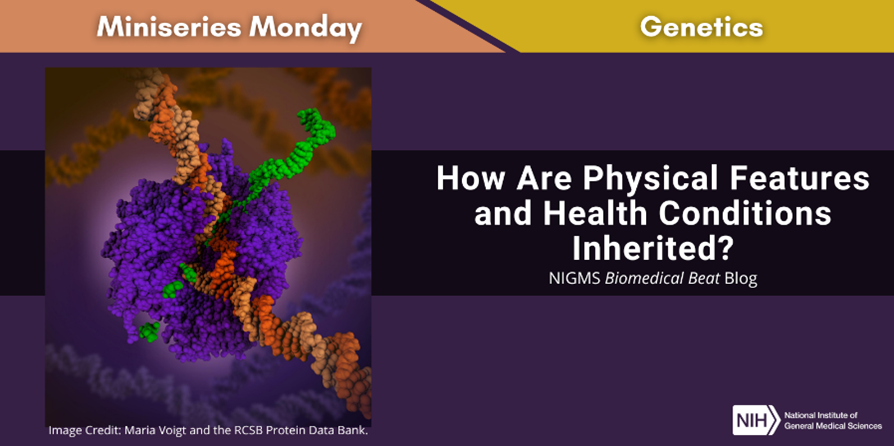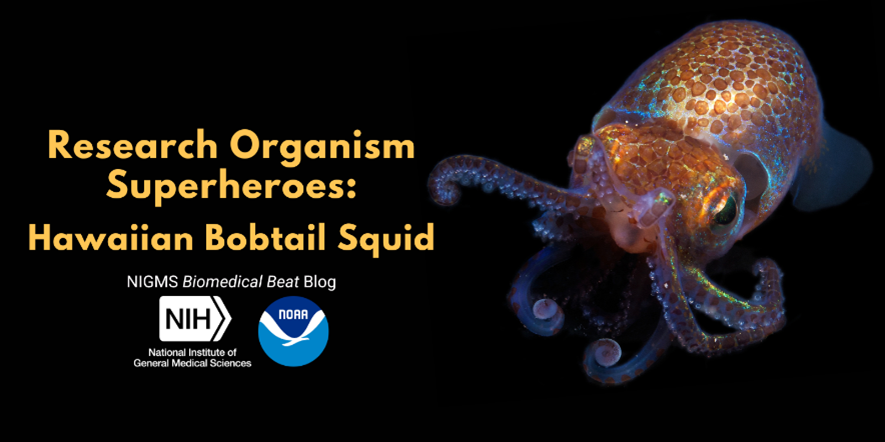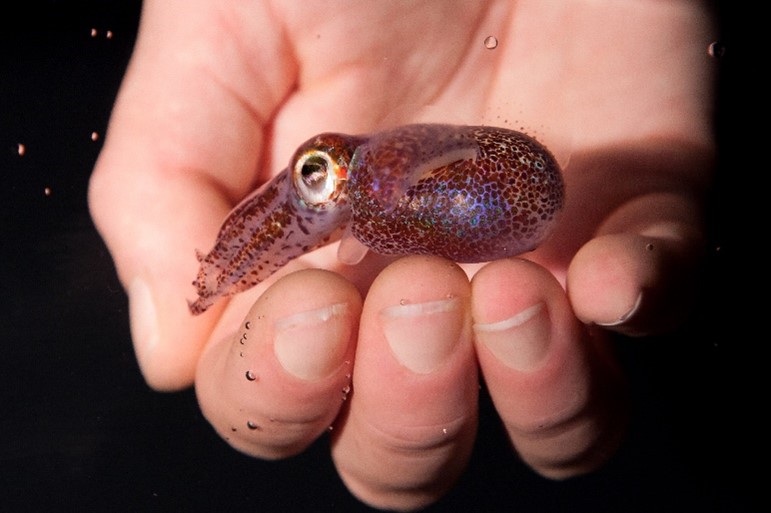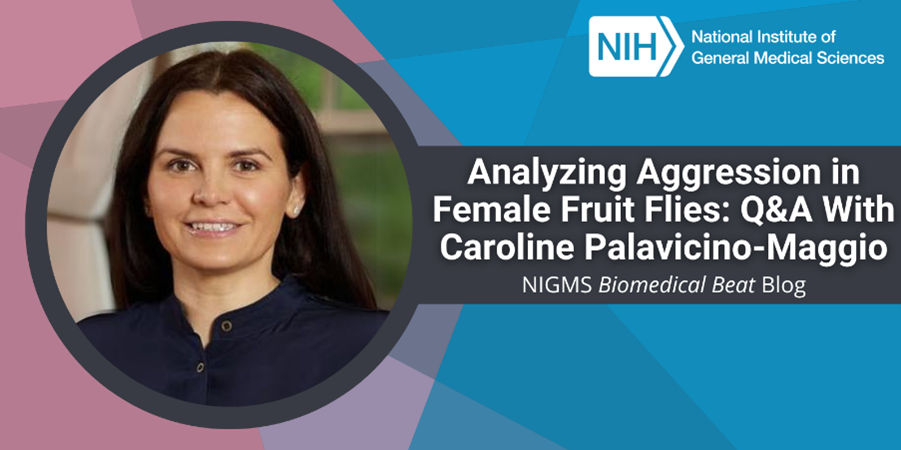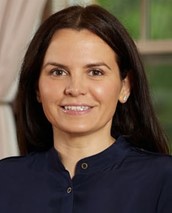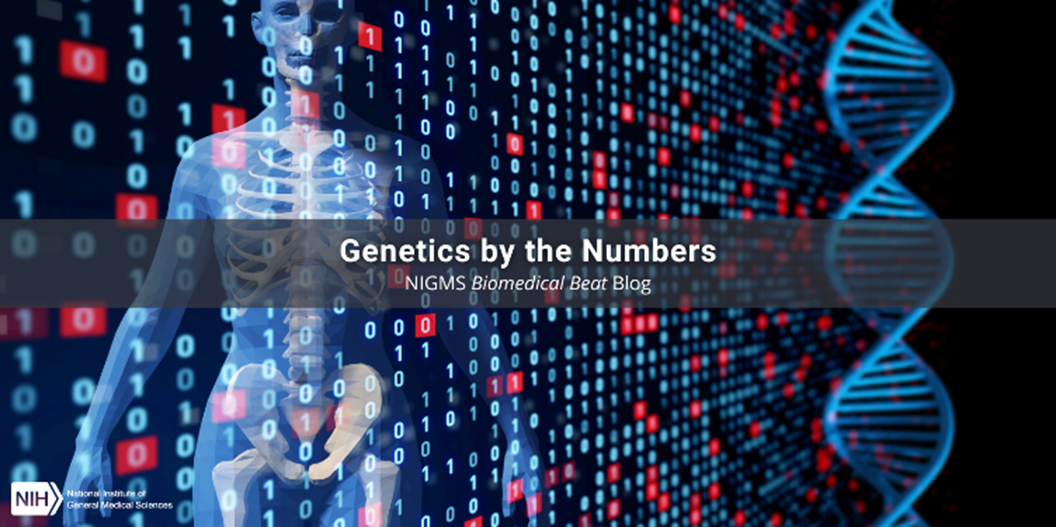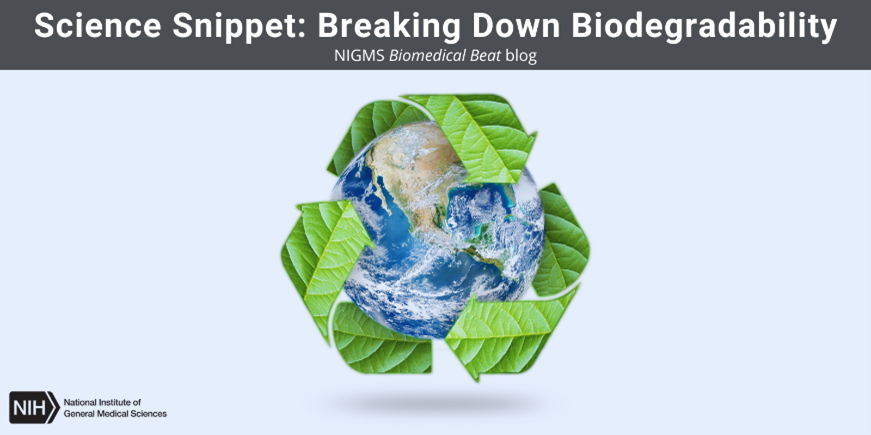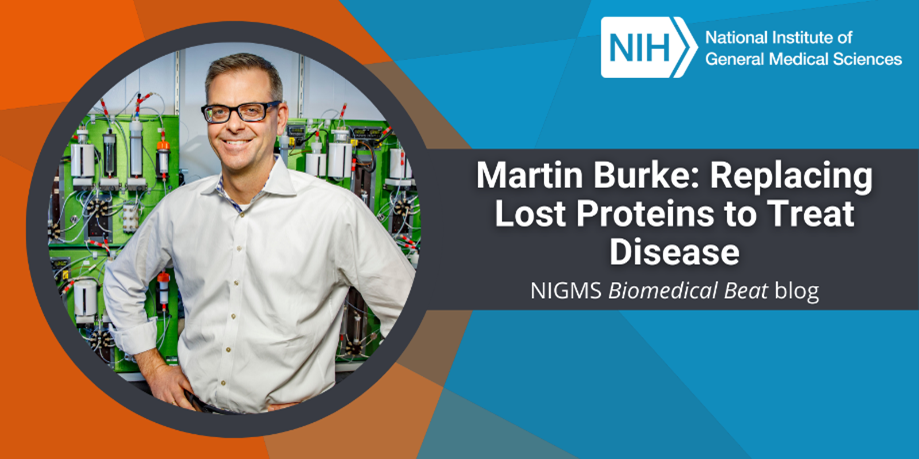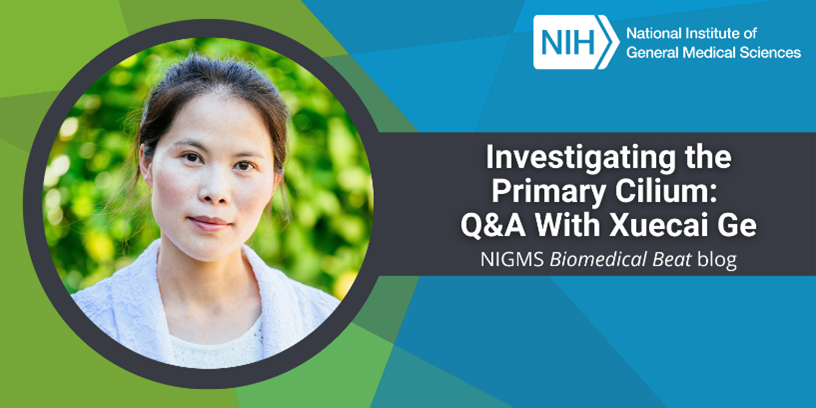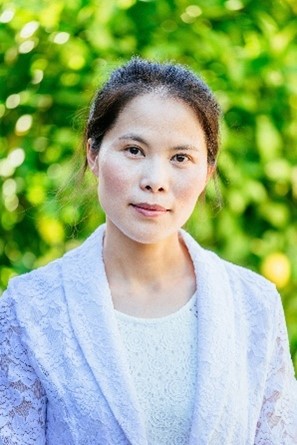
The job opening at Ponce Health Sciences University (PHSU) in Ponce, Puerto Rico—home to great coral reefs—seemed like a perfect fit for Caroline B. Appleyard, Ph.D., given that scuba diving was one of her favorite hobbies. She only intended to stay for a short time, but now, more than 25 years later, Dr. Appleyard is a professor of physiology and pharmacology and program director of the NIGMS-funded Graduate Research Training Initiative for Student Enhancement (G-RISE) at PHSU.
An Interest in Inflammation
Growing up in Scotland, Dr. Appleyard was captivated by a children’s show with science demonstrations that helped kids and teens understand the world around them. She enjoyed studying biology and chemistry, and in high school, joined a lab at a local university that studied pharmacology. Her lab project studying the medicine aspirin ultimately solidified her interest in a career in research.
Continue reading “Advancing Endometriosis Research With Caroline Appleyard”


